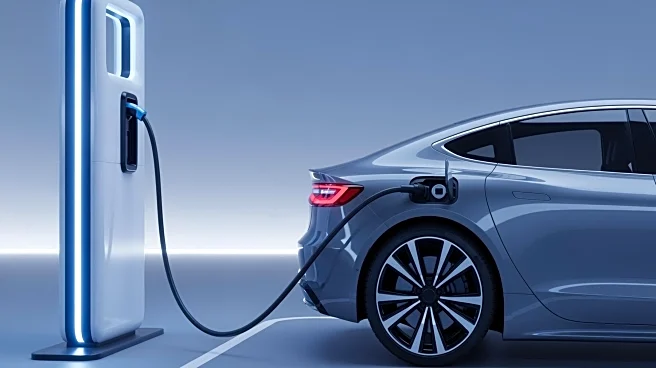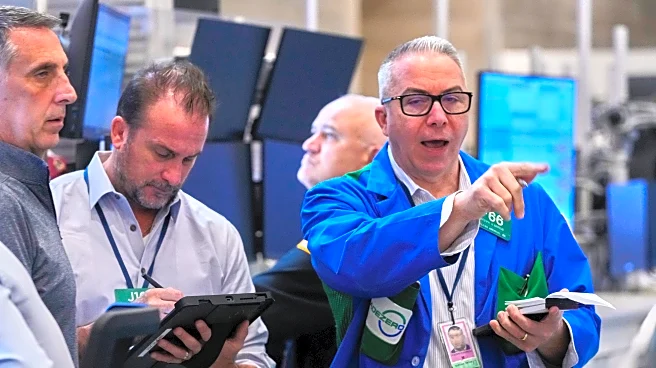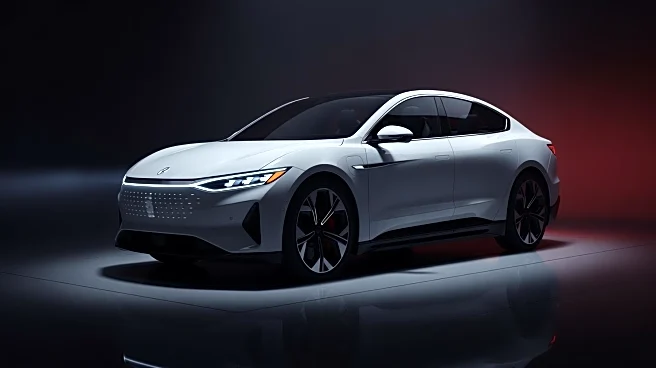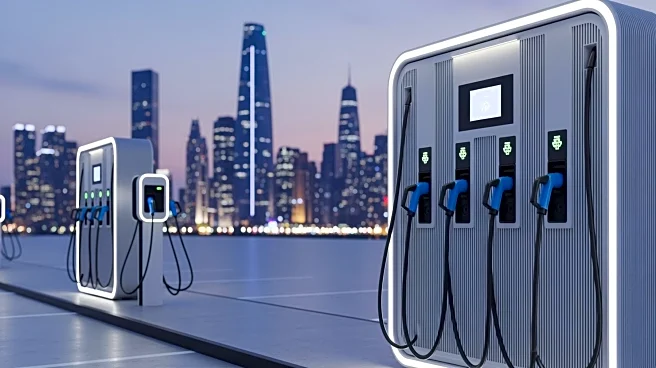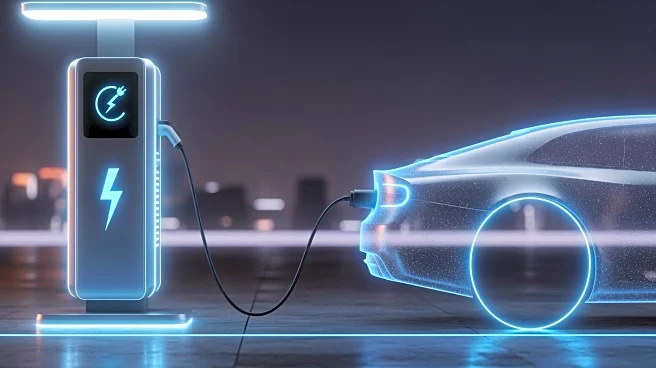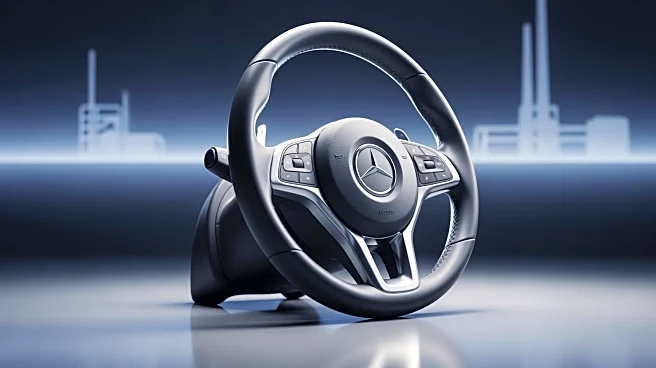What's Happening?
The average price of new cars in the United States has reached a record high of $50,080 in September, according to Kelley Blue Book. This increase is largely attributed to a surge in electric vehicle (EV) purchases as consumers rushed to take advantage
of a $7,500 federal tax credit before it expired on September 30. The average price for EVs was reported at $58,124, contributing significantly to the overall rise in car prices. Additionally, higher sales of luxury vehicles and tariffs have also played a role in this price increase. Despite the typical seasonal rise in car prices during early fall, this year's increase marks the largest year-over-year jump since spring 2023.
Why It's Important?
The rise in car prices has significant implications for consumers and the automotive industry. With the expiration of the EV tax credit, there is potential for a decline in electric vehicle sales, which could impact the market dynamics and average transaction prices. The increased cost of new vehicles, coupled with additional expenses such as insurance, maintenance, and fuel, means that monthly costs for car owners can exceed $1,000. This financial burden may lead consumers to consider alternative options such as used or leased vehicles, which could affect new car sales and the overall automotive market. The trend also highlights the growing importance of incentives in driving EV adoption and the potential challenges the industry faces in maintaining momentum without them.
What's Next?
As the automotive market adjusts to the expiration of the EV tax credit, industry analysts and stakeholders will be closely monitoring sales trends and price fluctuations. There is a possibility that the average transaction price for new cars may dip below $50,000 if electric vehicle sales decline. Additionally, manufacturers and dealers may explore new strategies to attract buyers, such as offering promotions or financing options. Policymakers might also consider introducing new incentives to support the transition to electric vehicles and sustain market growth. The evolving landscape will require adaptability from both consumers and industry players.
